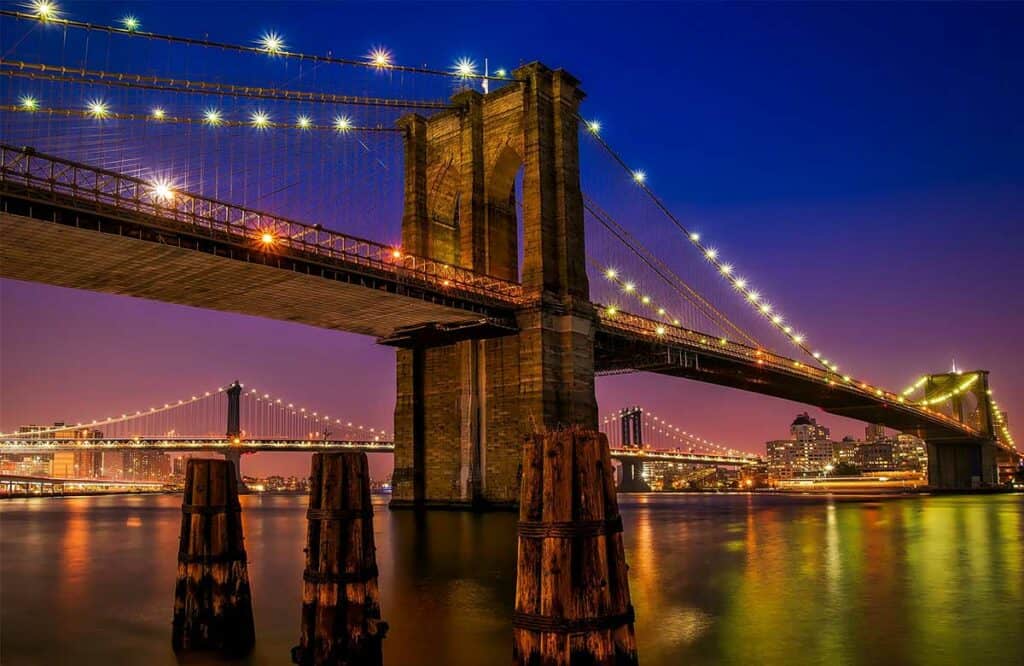Boston is more compact than you believe, and the majority of attractions are within a twenty-minute walk of downtown. Public transportation is convenient and dependable, even to the outskirts of Salem. The majority of the time, a vehicle is unnecessary. If possible, begin your vacation with a walk along the freedom trail. It’s an excellent opportunity to explore the city’s historical attractions while also gaining a sense of its layout. We scoured the city for the top things to do in Boston and compiled this list.
While many of Boston’s historical buildings are free to the public, many often shut early or provide tours only on particular days or hours. Consult websites for operating hours to help you plan your journey carefully.
If you want to know the two BEST Boston tours read about Exciting Excursion 90-minute Boston Historic Sightseeing Harbor Cruise and Boston Ghosts and Gravestones Nighttime Tour 1.5-hour.
Boston Fun Top Things to do
Fine arts museum

The Massachusetts Museum of Art in Boston has about 500,000 piece of art ranging from ancient Egyptian antiquities to modern works. Additionally, it contains one of the world’s greatest collections of Artwork as well as a sizable selection of French artistic style. The museum, first opened in 1870, now gets more than a million annual visitors. Begin preparing to spend several hours here owing to the breadth as well as quantity of the collection! If you just provide an hour or two, pick up a highlights map, which guides visitors through twelve masterpieces in an hour, including Monet’s water lilies, and join one of the museum’s specialist tours, which focus on African American as well as Latin American art, or perhaps a family-friendly visit.
The public garden in Boston
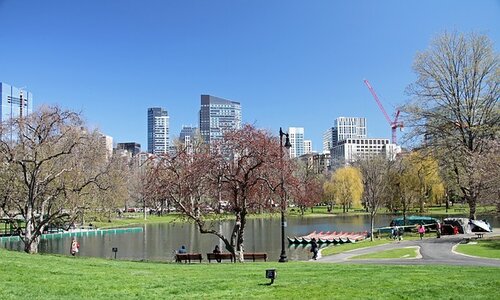
This public garden in Boston was, in fact, the nation’s first publicly botanical garden stretching the entire of the Boston common. The gardens opened about 200 years just after common, but as a consequence, it has a totally distinct Victorian atmosphere, with beautiful plants, meandering paths, and the lagoon, which is home to the renowned swan boats during the summer months. Numerous sculptures dot the grounds, the most notable of which being George Washington’s statue near the Arlington entrance. The works here also feature amusing jungle book characters.
Museum of Isabella Stewart Gardner
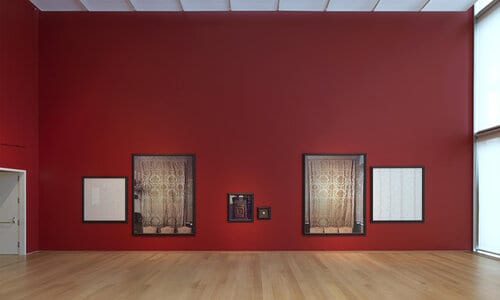
This museum is in the historic home of Isabella Stewart Gardner and features her particular art collection. She started her collection on her own and grew with her husband. The magnificent house is home to works by Botticelli, Titian, Far Angelico, and John Singer Sergeant, among others. Additionally, she has original printings of Dante’s works and illuminated manuscripts in her collection. Following her death in 1924, her will states that the museum be accessible to the public. Moreover, Gardner was a Red Sox fan, and as such, anyone dressed in Red Sox attire get discounts. Additional savings are provided for those with the given name Isabella.
Church of the trinity
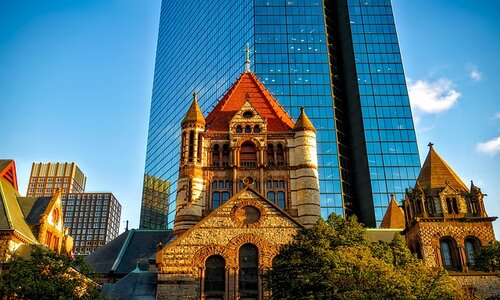
Although the trinity religious community has been present since 1733, the current structure was made after the epic Boston fire. H. H. Richardson’s landmark church established the architect’s fame and served as the architect’s first roman architecture style structure. Only once in history was the church made in the shape of a Greek traverse with an open auditorium design, defying convention. Numerous aesthetic elements include murals painted by John La Forge, stained glass windows created by a range of artisans, and elaborate mosaics. The film the boondocks saints and the video game fallout 4 both include Trinity church.
Tours cost $7 for guided and self-guided, except for the free tour immediately after the Sunday morning service at 11:00 A.M in the summer and 12:15 A.M in the winter. Consult their web calendar for current tour schedules. Self-guided tours are offered Wednesday through Saturday from 10:00 A.M to 4:30 P.M, including Sunday also.
Little Italy

The northern end is the city’s oldest neighborhood, with brick streets as well as an old-world charm. The area became home to the city’s biggest community of Italian immigrants in the early 20th century and continues to do so today, with numerous Italian fine dining restaurants, bakeries, as well as vendors selling fresh ingredients, olive oil, as well as coffee. If you are fortunate enough to be in Boston on the final Sunday in August, do not miss the feast of St. Anthony, which has adorned streets, a ten-hour procession, live music, and over one hundred food carts.
Public library of Boston
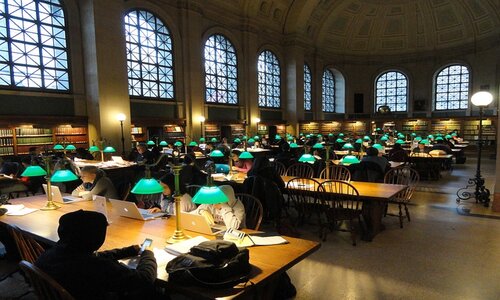
Although the public library of Boston was founded in 1848, this facility was constructed in 1888. It has one of the country’s biggest lending resources with over 23 million items. Guided tours are offered seven days a week here. They highlight the broad, renaissance-style architecture, as well as the art-filled rooms including sweeping murals by John Singer Sergeant, who died before finishing his last work here (it remains as he left it). Since you’re here, wish upon a star by stroking the tail of several of the stone lions that guard the stairway leading to the grand entrance.
Freedom Trail
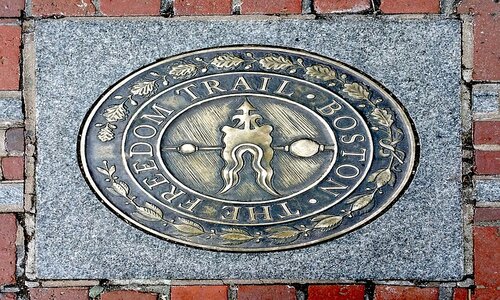
This two or merely half mile walking slowly path begins in Boston Common as well as concludes at Charleston’s Bunker Hill monuments on the opposite side of the river. The path has sixteen historically significant locations, each marked by bronze markers buried in the pavement. Many businesses provide guided tours led by docents dressed in historical attire. Tourists may easily follow the path on their own since the whole length is clearly marked in red bricks. Free maps are accessible at the common’s travelers’ center.
While the bulk of the sites are free to view, admission is required to the Paul reverence house, the old south meeting house, and the old state house.
Trail of black heritage
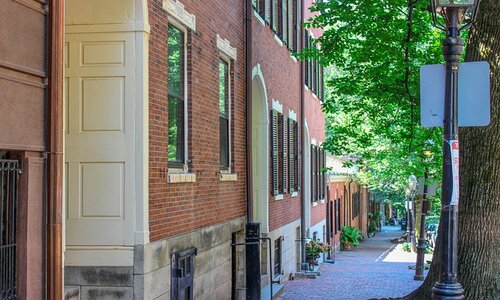
This 1.5-mile pedestrian path winds across Boston, mainly through the Beacon Hill area, which was historically home to the city’s pre-civil war black population. The Shaw/Massachusetts 54th regiment monument on Boston Common leads to the African meeting house. Numerous locations along the route are private dwellings, including the Lewis as well as Harriett Hayden mansion, the homes of prominent abolitionists, among Underground Railroad stations. Two of the last destinations which offers every day tours of the buildings.
Back Bay
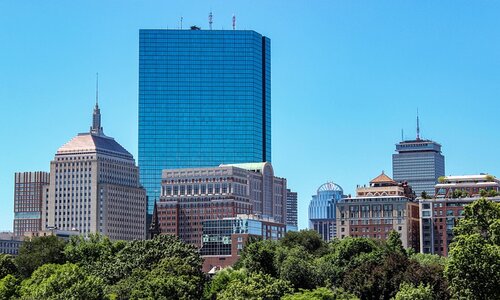
Back Bay is the quintessential Boston neighborhood, complete with rows of Victorian brick homes, architectural landmarks, premium boutique and name-brand shops, and trendy restaurants. This region, located on the Charles River’s south bank, was once a bay. However, in the mid-1800s, after the failure of a mill dam to be built, the region was filled in to give more usable land for a developing metropolis. The region is now dubbed “the east coast’s rodeo drive.”
The Back Bay neighborhood is home to some of Boston’s finest buildings, including the Boston public library and the John Hancock tower, New England’s tallest structure. The greatest shopping in the city is on Newbury as well as Boylston streets. They are packed with hundreds of shops. Not to mention cutting-edge eateries, bright sidewalk cafés, and lively pubs.
Warren Anatomical Museum
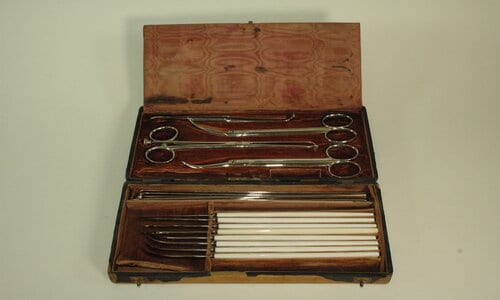
The Warren is an anatomical as well as pathological museum that was initially intended to educate medical students. It consists of just a few exhibit cases on the fifth level of the Harvard Medical School’s count way library of medicine. While the collection is modest in size, it is densely packed with significant objects. Moreover, it is most notable for exhibiting the skull of phineas gage, a railroad worker who survived being struck in the head by a tamping iron (the tamping iron is also shown). Additionally, the Warren holds the inhaler used in the first ether-assisted operation, as well as a conjoined twins specimen and a skull. The museum may be difficult to locate, since it is near the concrete library building, rather than through the street. Sign in directly upon entrance; admission is free.
All the Saints
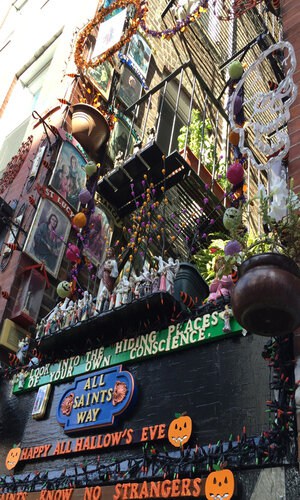
All the Saints’ way, Peter Baldassari’s the north end’s assortment of Catholic icons is situated in an alleyway off Battery Street. He started collecting saint cards as a kid and now displays hundreds of framed pictures, sculptures, and hand-made art high upon that brick walls. The alley is privately owned and fenced, despite the fact that a significant portion of the collection is visible even when the gate is closed. While the gate is open, Baldassari’s is known to provide brief excursions for interested guests. If you notify him of your birthday, he may even lead you to their patron saint’s shrine.
Monument to Bunker Hill
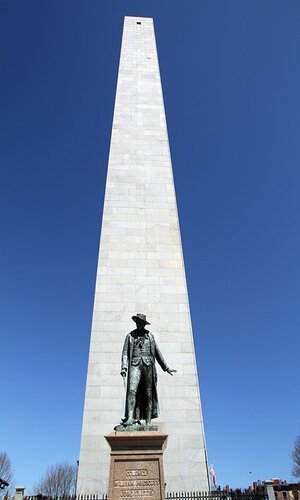
Bunker Hill was the revolution’s first significant clash between colonial and British troops, and one of the most bloody. Even though the British won the battle, it was a significant battle for the colonists, who witnessed the extent of their efforts. The monument is about 67 meters tall. Visitors can go to the mount of the peak (the view is breathtaking), but must first get a free climbing ticket from the Bunker Hill museum. At the foot of the monument is a statue to colonel William Prescott, the rebel forces’ commander. He is said to have given the order ” Fire only whenever you see the white folks of their eyes, otherwise you will lose your chance.”
USS Constitution museum
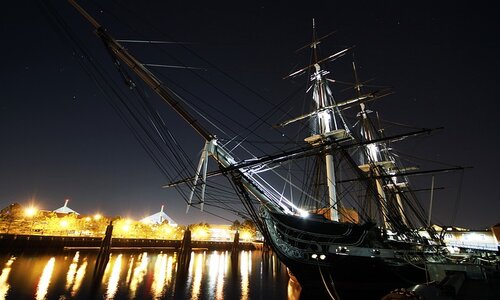
Also called as “old ironsides,” this wooden-hulled cruiser is the world’s oldest custom-built naval warship that is still afloat. The ship, renamed by President Washington and launched in 1797, is most remembered for destroying five British warships. The constitution is on the north bank of the Charles River near the Charlestown yard. Visitors were also welcome to leave the ship for a tour and photo opportunity; please check the website for hours and keep in mind that the final tour begins half an hour before the scheduled closing time. All visitors must pass through a security screening, and those above the age of 18 must show a valid identification.
School of Abiel smith
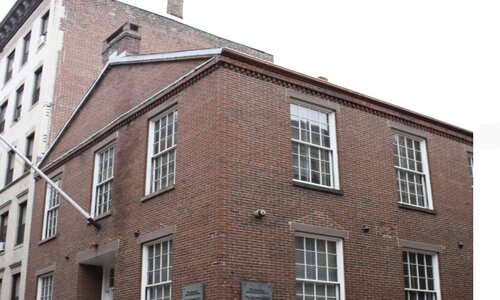
This school was made in 1835, was Boston’s first black public school, succeeding the African meeting house’s school. It remained in that capacity for twenty years, until 1855, when all Boston public schools were integrated. The school is currently home to the African American history museum (which also runs the African meeting house), and serves as a stop on the black heritage path. Monday through Saturday 10:00 a.m. to 4:00 p.m.
African meeting house
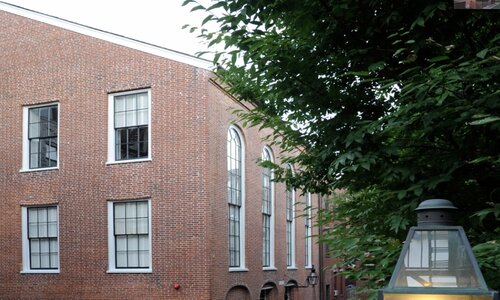
African Meeting House was constructed in 1806 in New York City, making it the country’s oldest black church. This location was more than a church; Fredrick Douglass spoke here, urging free blacks to join in the and also the 54th regiment of Massachusetts enrolled its ranks here. This is the last point on the African black heritage trail. Entrance is via guided tour only. Register for a tour at the abiel smith school’s museum of African American history (tours run every 30 minutes).
Tour of a brewery

Bostonians take their beer seriously, and one of the best ways to get a sense of the local scene is to take a brewery tour. Numerous establishments provide tours of their facilities that include a craft instruction and conclude with a taste. Harpoon brewery near the harbor area offers the finest tours, with over a dozen tasting choices at the conclusion. Sam Adams is the area’s a very well brewery; it’s a bit of a drive from downtown and not readily accessible by public transportation, however its tours are free really entertaining.
The Light of Boston
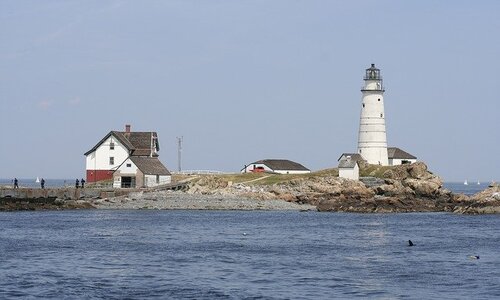
Boston lighthouse is the country’s oldest and well lighthouse construction. The lighthouse is on the tiny Brewster Island, right beyond the inner harbor’s outer boosting area. In addition to the lighthouse, Massachusetts constructed a house, a barn, and a dock in 1716. All of these things remain within walking distance of the lighthouse. It has sustained many damages throughout the years. The devastation occurred as a result of fires, storms, and human will during the American Revolutionary War. The building is now encircled by electric barriers.
National park of the harbor islands
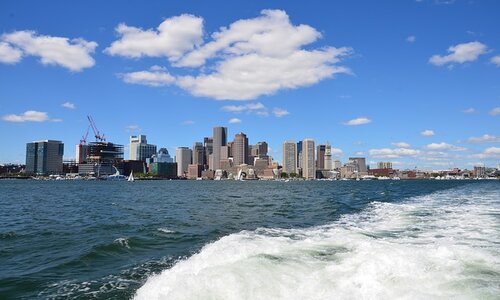
Boston is well-known for its body of water. Additionally, it is known for its majestic beauty. The harbor islands national park in Boston is accessible to the public for visits and exploration. It is between Quincy bay and Hingham bay. Along with the other guests on the Boston historic sightseeing harbor tour, you will have the opportunity to explore or “island hop” between all 34 tiny islands in the national park. On each island, you may see and appreciate unique structures such as historic buildings, lighthouses, and other notable structures.
Cruise at sunset on a large ship in Boston harbor
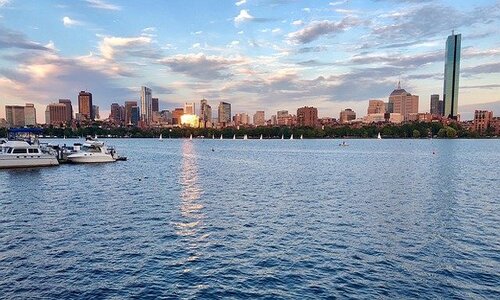
Aboard a dusk cruise on a historic tall ship, take in the sights and sounds of Boston Harbor. Views of the outlying harbor, Fort Freedom, eastern Boston, as well as the Charlestown Naval Yard may be had by boarding the 67-foot liberty star or the 125-foot liberty clipper, which depart from central wharf. Allow the crew to handle the sails or join in on the fun and grab a line on this fascinating and reasonably priced excursion.
Ships and museums for the Boston tea party
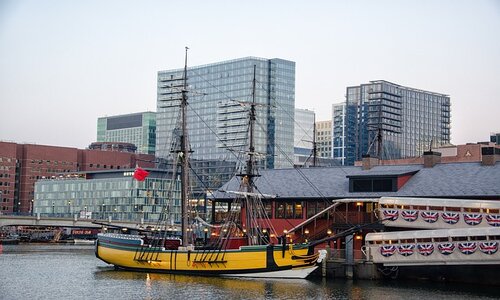
The most famous historical event to occur on the harbor is, of course, the Boston tea party. Thousands of tons of tea were thrown into the sea by many Americans. This event is considered regarded be the “crowning moment” in American history. From the dock, you can see how Americans today regard the incident as a sign of bravery. The museum facilitates a re-enactment of the event. When you visit the museum, you will have the opportunity to see this unique piece of history.
Oyster house of the union
The oldest continually running restaurant in America, dating all the way back to 1826, despite the fact that the structure in which it is located dates all the way back to 1704. The union oyster house has a long and illustrious history! Daniel Webster frequented this establishment, ordering six oyster plates at a time and consuming a full glass of brandy and water with each dish. Prior to securing the throne, lived in exile on the second story. In the early 1920s, Rose Carey, America’s first waitress, started working here. The cuisine is pure simplicity, with a focus on seafood and a plethora of fried choices. This restaurant is unremarkable, yet it is a pleasant spot for an afternoon snack.
Skinny house
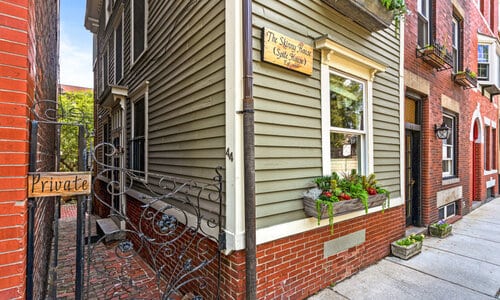
Although the origins of this spite home are unclear, the most popular legend is that two brothers acquired the property after their father’s death. While one was away fighting in the civil war, the other constructed a big home on the property, thinking that the remaining area would be inadequate for the other to construct. When the soldier returned, he constructed the thin house (dubbed the spite house) in order to hide the sunlight and prevent his brother’s bigger home from seeing the port. The four-story structure is little more than 10 feet wide at its widest point and nine feet short at its shortest point. If seeing from the outside isn’t enough, you may also hire it out for a minimum of three nights at a rate of about $300 each night.
Memorial to Robert Gould Shaw and the 54th regiment of Massachusetts
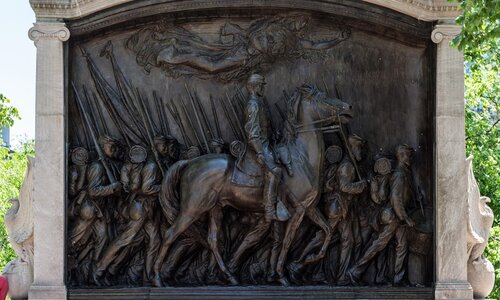
This bronze relief monument is located in the east area of Boston Common and commemorates the war’s first African American regiment of volunteers, as well as Colonel Shaw, its commander. Shaw was slain at the 1863 battle of Fort Wagner, South Carolina, along with 77 other men and commanders. Sergeant William H. Carney, one of the regiment’s surviving troops, saved the flag despite suffering serious injuries; he later became the first black man to receive the Congressional Medal of Honor. This is the first destination on the black heritage trail.
Museum of Science
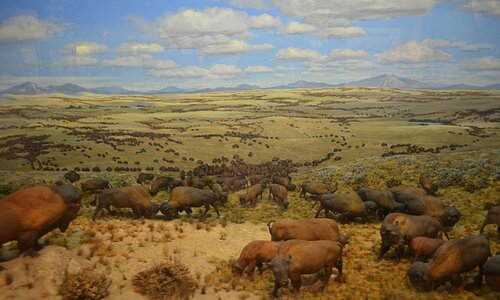
The science museum stretches over the Charles River and is situated in both Boston and Cambridge. The gamut, one of America’s first complete scientific museums, has a butterfly house, IMAX, and an indoor lightning display in the world’s biggest van de Graff generator (daily at 12:00, 2:00, and 4:00). While this attraction appeals to a broad demographic, it is geared at families and children under the age of 12.
Salem
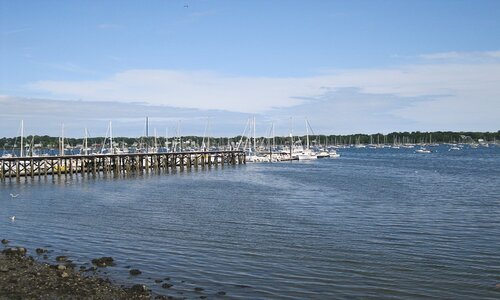
Salem was once a world-famous port, bigger than Boston, and a hub of international commerce in the years after the revolution. As a consequence of these exchanges, the Peabody Essex museum was created, among the museums in the United States (opened in 1799) and home to one of the most comprehensive collections of Asian and oceanic art, as well as marine art and more. This is also Nathaniel Hawthorne’s historic home, where tourists may view for themselves the mansion with the seven gables. Naturally, there are many cheesy witch-themed attractions here, some of which are enjoyable, but the most of which should be avoided.
Boston Public Market

This is the newest addition to the local culinary scene. Established in 2015, the public market of Boston is a year-round market with over 40 local merchants selling unique vegetables, meats, wines, and prepared meals. Despite the fact that it’s entirely inside, the farmers’ market atmosphere is maintained even in the coldest weather. The administration is currently striking a balance between the farmers’ market and prepared food elements, with a lunch crowd using more room than is available; thus, come on weekends for a more communal feel. Apple cider doughnuts are a traditional New England treat!
The House of Paul Revere
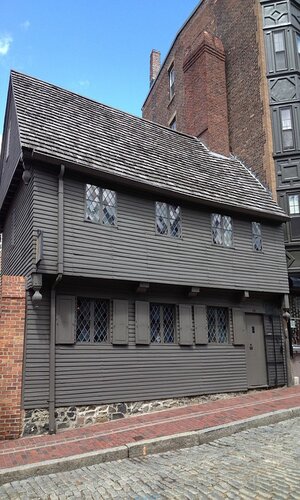
On the location of the increase and cotton moms’ church, Paul Revere’s home was constructed in 1680. For thirty years, Paul Revere owned the home and lived there throughout the revolutionary years. Though it is in poor condition and was ready for destruction at the beginning of the twentieth century, Revere’s great-grandson restored it in its entirety. Over 90% of the house is original, including many heritage furniture from the revere family’s years. This is one of just a few sites along the freedom path that charges an admission fee; $5 in cash is required.
Aquarium of New England

This is a lovely aquarium right on the waterfront. The centerpiece is a two-story reef teeming with sharks, sea turtles, stingrays, and vibrant fish. It is connected to the open-top tank by a spiral staircase from the floors. A huge penguin display at the bottom offers two daily feedings and lectures. Additionally, the aquarium includes the east coast’s second biggest touch tank. It features rays and sharks, as well as a smaller touch tank filled with marine life from nearby tidal pool regions. Visit on a weekday after 2:00 p.m. It gets more crowded in the afternoons after schools have dismissed and totally out of control on weekends.
Institute of Modern Art
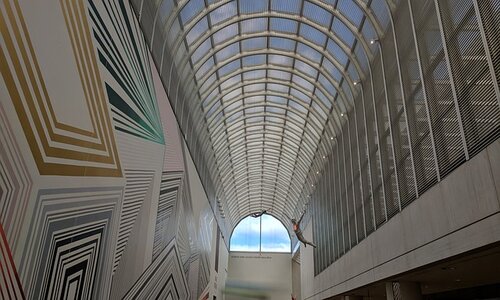
The organization of modern art is in a stunning new structure on the seaport district’s waterfront. The architecture as a whole has generated controversy, with some praising the innovative open design and exterior staircase. Others decried the building’s angular shape and dull face. The collection is surprisingly small in comparison to the building’s size. Despite the fact that the ice makes use of the additional space for dance as well as other performance arts.
Boston Harbor walk
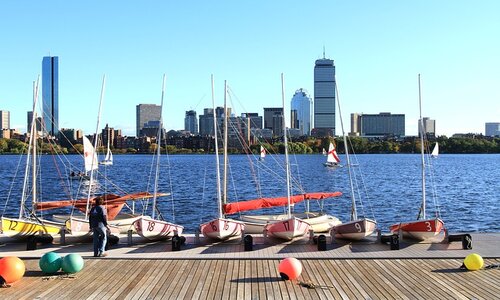
The Boston harbor walk, which follows the water’s edge, includes piers and wharves from Charlestown to Castle Island. The views are unbelievable from here, where visitors can enjoy harbor and city views or cruise the harbor’s length on a boat or kayak. The USS constitution along with the Boston tea museum, the New England aquarium, and the organization of modern art. This is the perfect location for a morning walk or a day spent decorating along the way attractions.
Fenway Park
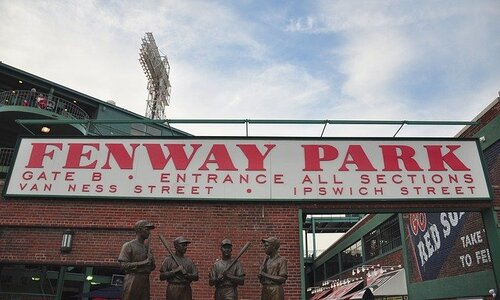
Fenway Park, home of the Boston Red Sox, is the oldest park in the major leagues. As a result of its age and location, its size and shape are limited. It has some unique features, the most well-known of which is the green monster and the left field wall sitting short of the home plate. Not to mention, the lone red seat in the right field bleachers, which reflects the non-game days. Tours are available from 9:00-5:00. On game days, tours are available three hours before game time.
Hall of Faneuil
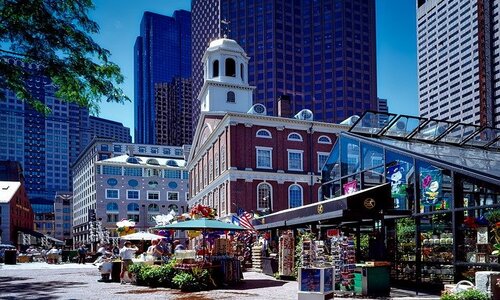
Faneuil hall, established in 1743, is well known for its variety of food stalls, retailers, as well as indoor along with the outdoor mall space. Called “the cradle of liberty,” speakers including Samuel Adams presented the case for independence from Britain here; an Adams statue is located directly in front of the entry. Established in 1743, this marketplace and meeting hall continues to be a center of activity, busy with street performers, political events, shopping, and dining.
Church of the Old North
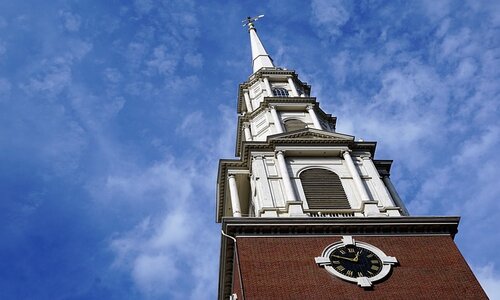
This is the location of the signal lamps, which were to be hung “one if by land as well as two if by sea,” as Paul revere instructed. Old north church is an Episcopal mission founded in 1723 including the city’s oldest church. Its most well-known feature is its tower, which was used to showcase the lanterns. However, once inside, turn back toward the organ and you’ll see four hand-carved wooden angels perched on the balcony railing. It was stolen from a French ship and given to the cathedral in 1746 by pirate Thomas grouchy. The church is free to enter, however they do ask for a $3 contribution to help with maintenance.
Boston Common
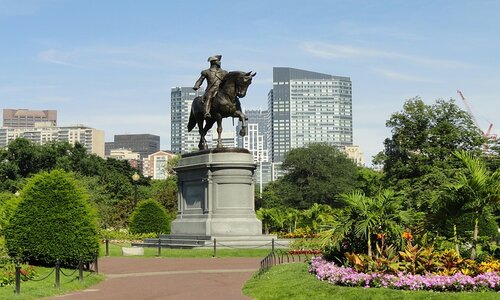
Boston Common, perhaps the city’s most well-known monument, is the country’s oldest park, dating all the way back to 1634. The 50-acre park started as a cow pasture, was converted into a British camp during the pre-Revolutionary period, was used as an execution site, and now has been utilized as a public park for concerts, meetings, demonstrations, and speeches in recent years. This park is a station on the Freedom Trail; you’ll find about a dozen guides costumed in Revolutionary-era garb at any one moment. Additionally, it is the site of the Shaw’s 54th Regiment Memorial, which serves as the trail’s starting point.


